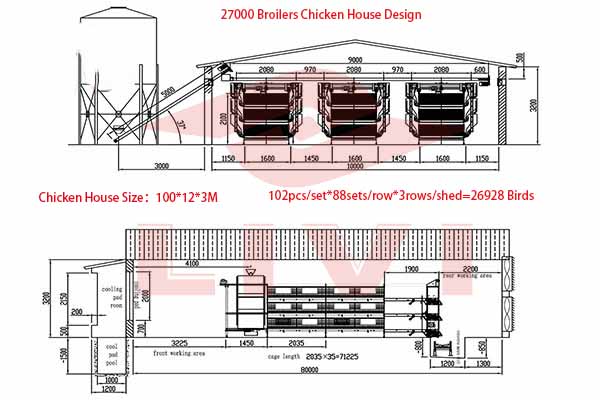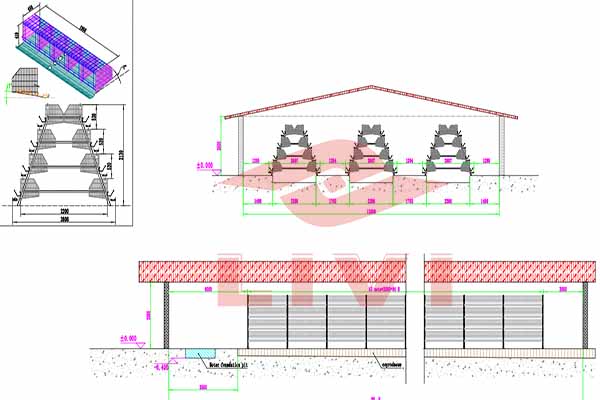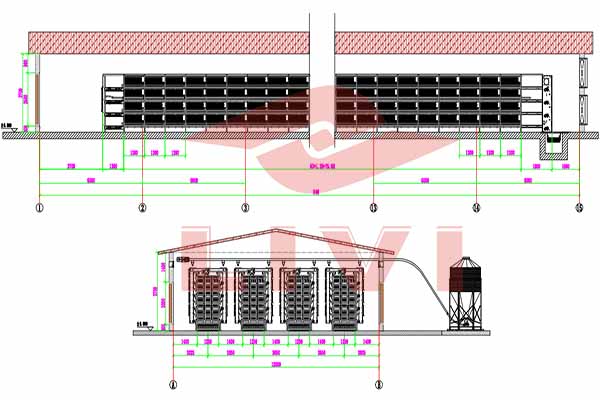Optimizing Your Budget for a $10,000 Chicken Poultry Automation Setup
As the poultry industry continues to evolve, automation has become a key factor in improving efficiency and reducing costs. For those looking to invest in an automation setup for a chicken poultry business on a budget of $10,000, this article will guide you through the essential components and considerations.

Understanding the Budget
When budgeting for an automation setup, it’s crucial to understand the costs involved. A $10,000 budget can cover a range of automation solutions, from basic to moderately advanced systems. Let’s break down the key components:
- Feeding Systems: Automated feeding systems can reduce labor costs and ensure a consistent diet. Options range from simple feeders to more sophisticated systems that adjust feed based on the birds’ age and weight.
- Watering Systems: Automated watering systems can maintain optimal hydration levels and reduce the risk of disease. Consideration should be given to the type of waterer and whether it’s suitable for the bird’s stage of growth.
- Environmental Control: Temperature and humidity control are vital for the health and productivity of the flock. Automation can help maintain optimal conditions with minimal human intervention.
- Monitoring Systems: Sensors and cameras can provide real-time data on the flock’s health, behavior, and environment. This information is invaluable for making informed decisions.
- Manure Management: Automated manure removal systems can improve biosecurity and hygiene. Options range from simple scrape systems to more advanced belt conveyors.
Components to Consider
When selecting components for your automation setup, consider the following factors:
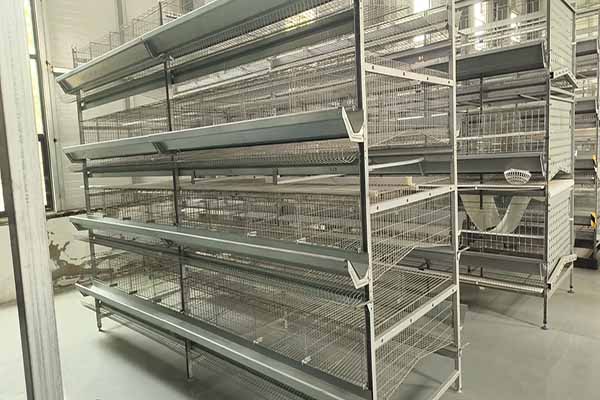
- Quality: Invest in high-quality equipment that will last and provide reliable performance.
- Scalability: Choose systems that can be easily expanded or upgraded as your business grows.
- Integration: Ensure that the components can be integrated seamlessly with each other for optimal efficiency.
- Training: Ensure that your staff is adequately trained to operate and maintain the automation systems.
For example, a basic feeding system might include a hopper, auger, and control panel. A more advanced system could include a computer interface that allows you to adjust feed rates and monitor consumption in real-time.
Cost-Benefit Analysis
Before making any purchases, conduct a cost-benefit analysis to determine the return on investment (ROI) for each component. Consider the following data points:
- Reduction in Labor Costs: Automation can reduce the need for manual labor, leading to significant savings over time.
- Improved Productivity: Automated systems can increase the number of birds you can raise per unit of space, leading to higher profits.
- Reduced Disease Risk: Automation can help maintain optimal conditions, reducing the risk of disease and improving flock health.
For instan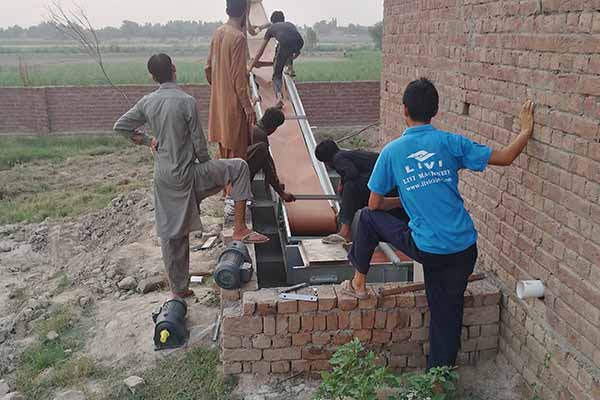 ce, a study by the University of Arkansas found that automated feeding systems can reduce labor costs by up to 30% and increase production by 10%.
ce, a study by the University of Arkansas found that automated feeding systems can reduce labor costs by up to 30% and increase production by 10%.
Conclusion
Investing in an automation setup for your chicken poultry business can be a game-changer. With a budget of $10,000, you can implement a range of essential automation solutions to improve efficiency, reduce costs, and increase profits. To learn more about our automation solutions and to receive a free, no-obligation design and equipment quote, please leave a comment below or contact us directly.


